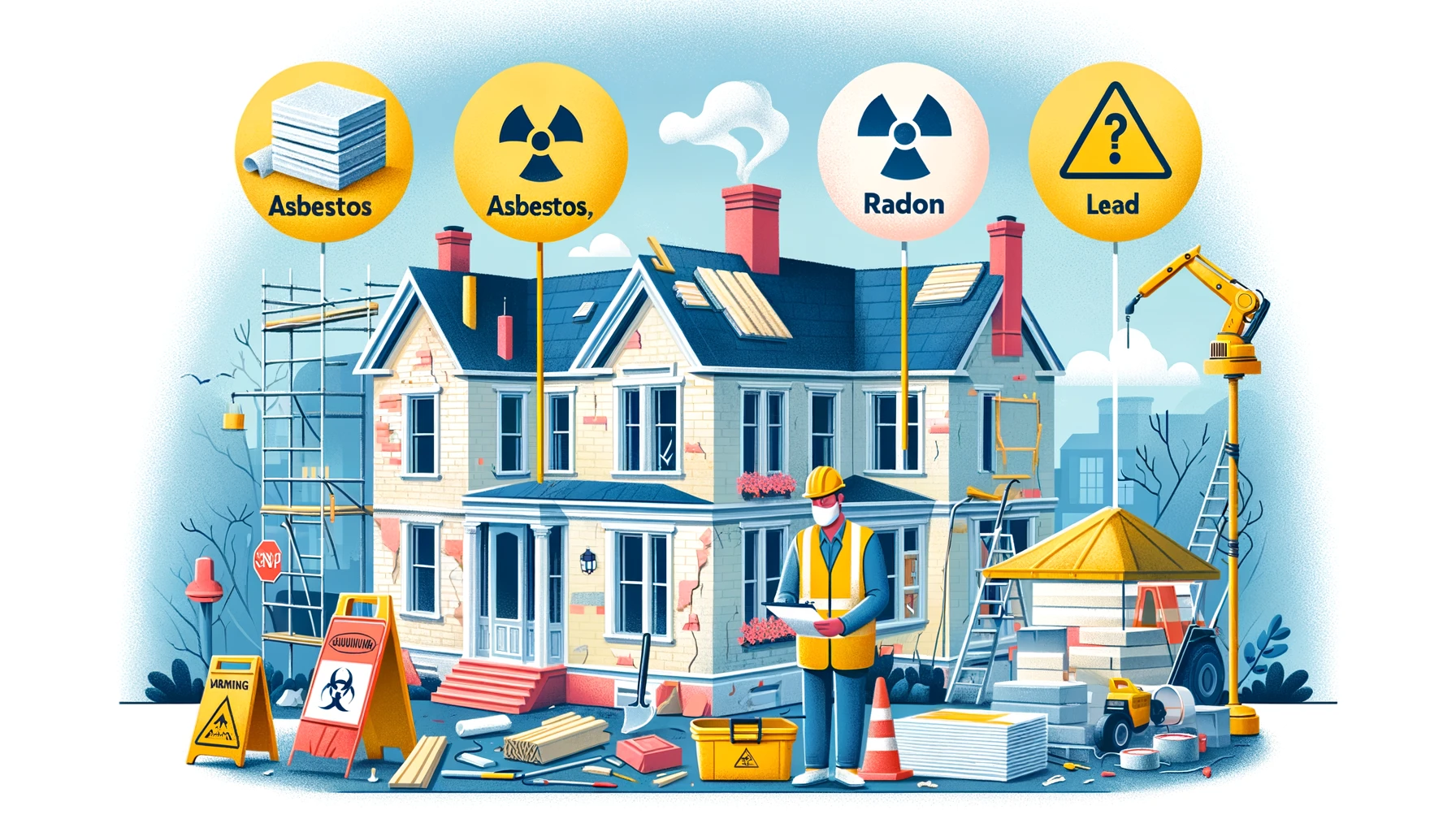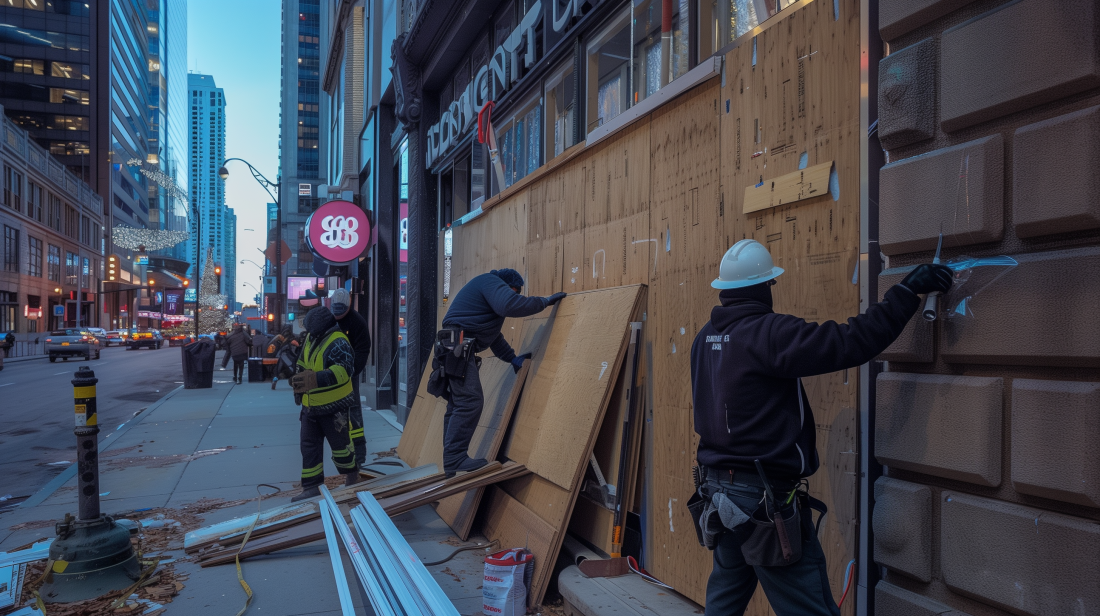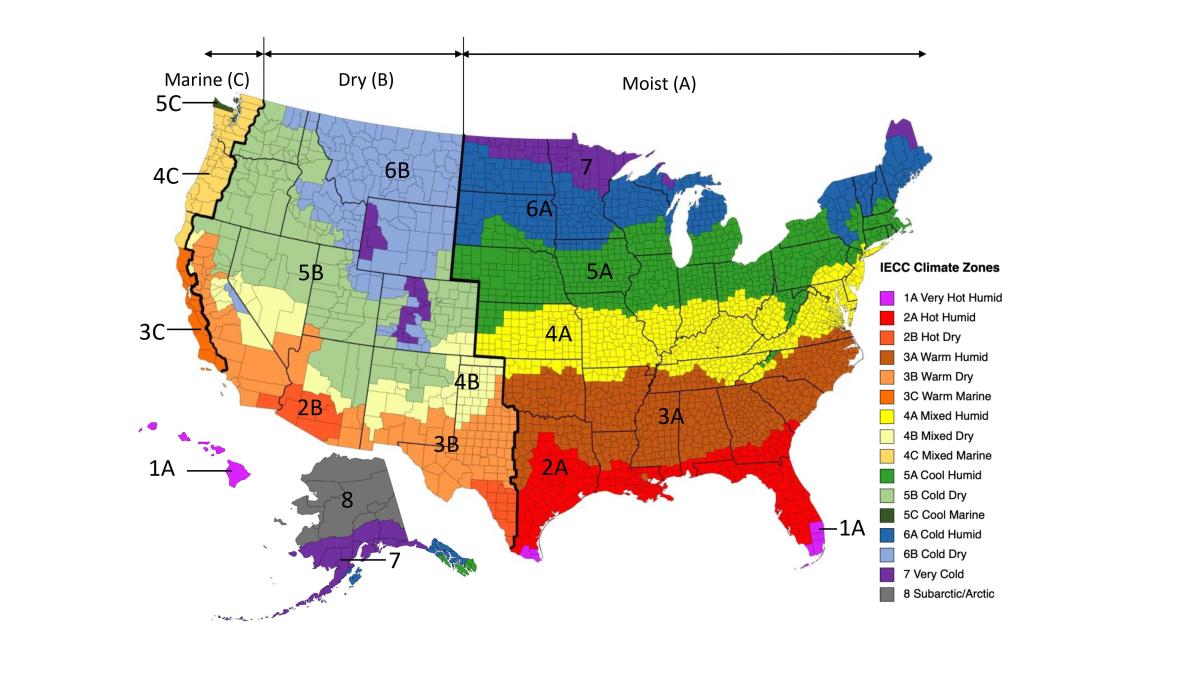Construction projects often involve dealing with hazardous materials that require careful assessment and management. In this blog post, we’ll explore the key aspects of assessing asbestos, radon, and lead in construction, ensuring a safe and healthy environment for both workers and occupants.
Pre-Retrofit Assessment of Hazardous Materials
Before embarking on any construction or retrofitting project, it’s crucial to conduct a thorough assessment of potential hazardous materials. Let’s delve into the specifics of asbestos, volatile organic compounds (VOCs), soil gases including radon, and lead.
Asbestos
- Asbestos is a naturally occurring silicate mineral historically used in building materials.
- Disturbing asbestos materials can release harmful fibers into the air, leading to lung cancer and other lung diseases.
- Examples of asbestos-containing materials include vermiculite insulation, duct tape, steam pipe insulation, door gaskets, plaster, vinyl flooring, and wall cladding.
Volatile Organic Compounds (VOCs)
- VOCs encompass various chemicals like formaldehyde, found in insulation, cabinetry, carpets, paints, and stains.
- Some VOCs can have adverse health effects, making it essential to opt for no- and low-VOC products.
- Proper storage of VOC-containing products in garages is crucial, with attached garages well-sealed from living spaces.
Soil Gases including Radon
- Radon, a radioactive gas, can infiltrate buildings through openings in floors or walls connected to the ground.
- Effective air sealing measures should be implemented to reduce radon entry.
- Vapor barriers must be installed over bare earth floors in basements or crawlspaces, taped at seams, and sealed to walls.
- Detecting oil, gasoline, or sewer gas odors indoors warrants investigation and potential remediation by specialists.
Lead
- In homes built before 1978, it’s prudent to assume that paint contains lead.
- Work on window frames and painted surfaces must adhere to state and federal laws governing hazardous materials.
- Compliance with the EPA’s Lead Renovation, Repair, and Painting Program Rules is essential.
Safety
- Prioritize safety during hazardous materials remediation projects, minimizing health risks to workers and occupants.
- Refer to the U.S. Department of Energy’s Standard Work Specifications for comprehensive guidance on handling hazardous materials in homes.
By comprehensively assessing and addressing asbestos, VOCs, radon, and lead in construction, we can ensure safer environments and healthier living spaces. Stay tuned for more insights on construction best practices!
For detailed information on specific topics mentioned in this blog post, please visit relevant resources and guides provided by EPA and regulatory authorities.
For immediate service or consultation, you may contact us at Allied Emergency Services, INC.
Contact Information:
- Phone: 1-800-792-0212
- Email: Info@AlliedEmergencyServices.com
- Location: Serving Illinois, Wisconsin, and Indiana with a focus on the greater Chicago area.
If you require immediate assistance or have specific questions, our human support is readily available to help you.
Disclaimer: This article is intended for informational purposes only. For professional advice, consult experts in the field.










